Over the years my tomato patch has produced respectable results. But one of the problems I consistently encountered was called Blossom End Rot. It happened first some ten years ago and grew steadily worse over time. Perhaps because I rotate tomatoes through the beds, its progress was so slow and unsteady enough that I suspected insects were to blame. They weren’t: that horrifying brown rotting is caused by a mineral deficiency in the soil. In this case, one of calcium.
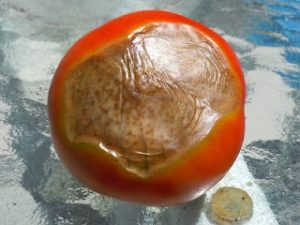
America’s favorite garden vegetable is hard on the garden. So we have to come up with a strategy to put back all the stuff it’s taking out. Just composting is sometimes not enough*. If we grow lots of tomatoes and other nightshades, we are going to need extra calcium – squared, cubed, and loaded with gee juice.
In researching the problem, I found lots of solutions, including one video for creating a concoction that’s supposed to address it. The guy took a dozen egg shells, dried them in the oven on a low temp, then ground them up in a little hand-held coffee grinder. To that he added 4 banana peels, likewise dried and ground. The resulting 2 heaping tablespoons of powder was guaranteed to banish Blossom End Rot from the garden patch forever.** My first thought was, even though guaranteed to make calcium immediately available to the plants, what a colossal waste of energy – both gas and electric – that was. Other solutions seemed the same way: lots of steps and ingredients aimed at getting a fast boost of calcium into the soil.
As I gardener I learned early that fast boosts are not always the best boosts. So I figured I would ask my resident calcium expert what she thought. After all, she’s buried enough cattle bones in my gardens to make the whole place swim in calcium. Digging Dog said the problem there is that the big bones in which she specializes take years, maybe decades, to release their accumulated calcium. The solution, she suggested, lies in between the extremes of day-after-tomorrow and decade-after-next.
Finally I talked to the chickens about it, not letting on that part about egg shells, obviously***. They suggested that ground oyster shell might provide a slow, even release of calcium over the entire growing season. They then pointed out that I had a 50# bag of such sitting just inside the barn, since I mix it in with their food to help with… get this… healthy egg shell production. That seemed to me like a happy medium.
So for the past few years I have raked a pint of crushed oyster shells into each bed every fall and added a double portion to any bed where tomatoes will go the following spring. I also add a pint or so to the compost pile. In that time I’ve had nary a problem with Blossom End Rot.
Crushed oyster shell turns out to be a far better solution than any 12-step program to quickly rehabilitate your tomato plants. A 50lb bag will last years and the cost and time invested are negligible. So long as you measure results over years rather than weeks, crushed oyster shells are a complete win.
Plus I’ve been able to save my blender for horseradish and my banana peels for codling moth traps. But that latter is a secret for another day.
* The proof being the existence of Blossom End Rot.
** or at least until next season.
*** I don’t re-use or even compost my egg shells, because I don’t want my hens to develop a taste for them.

Bunch of Little Rotters
6 Comments
Leave a Reply
Latest from Gardening
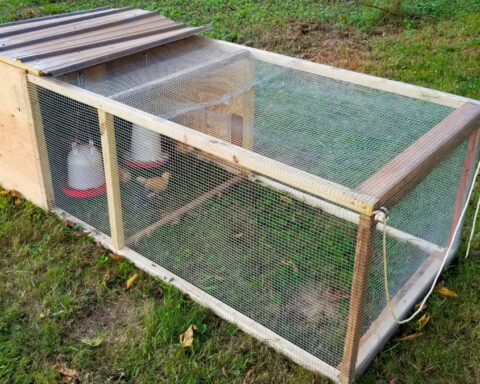
Do You Even Chickens, Bro?
Don't wait until you're hungry to learn how to raise food. Start now.
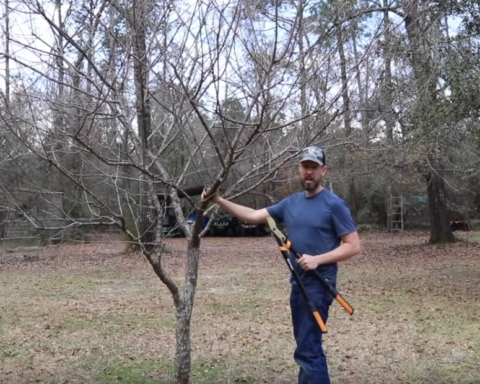
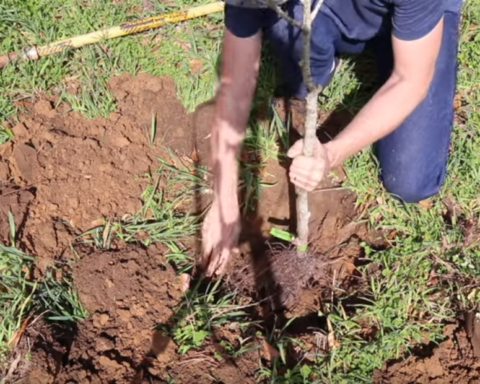
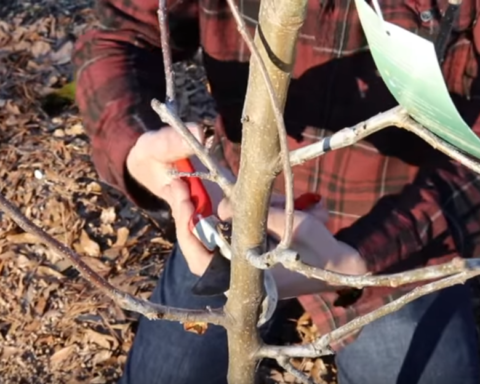
Video: Prune Fruit Trees Like a Psychopath
Go ahead. Cut cut cut cut cut cut.
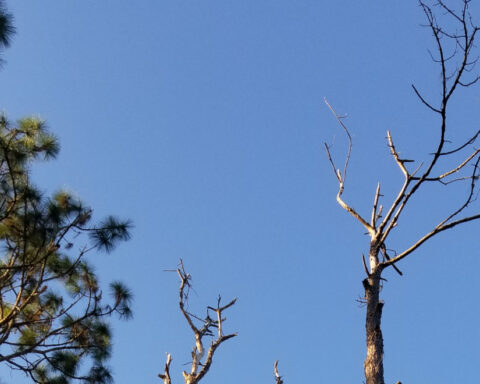
There’s Gold in Them Thar Dead Pines
I don’t know about you, but events of the past couple months haven’t put me in any less of a prepping mood than when the COVID-19 panic began almost a year ago.




Great article. I haven’t had much success with calcium foliar sprays. Crushed oyster shells as a soil amendment sounds like a better solution. I’ll try this in my garden next spring.
5
We use land plaster for our peanuts. A ton is around 90 bucks or so. ( Didn’t plant peanuts this year so just around about guess). Talk to a local farmer and he will probably sell you some cheap.
5
I’m a terrible gardener so I appreciate the education.
4